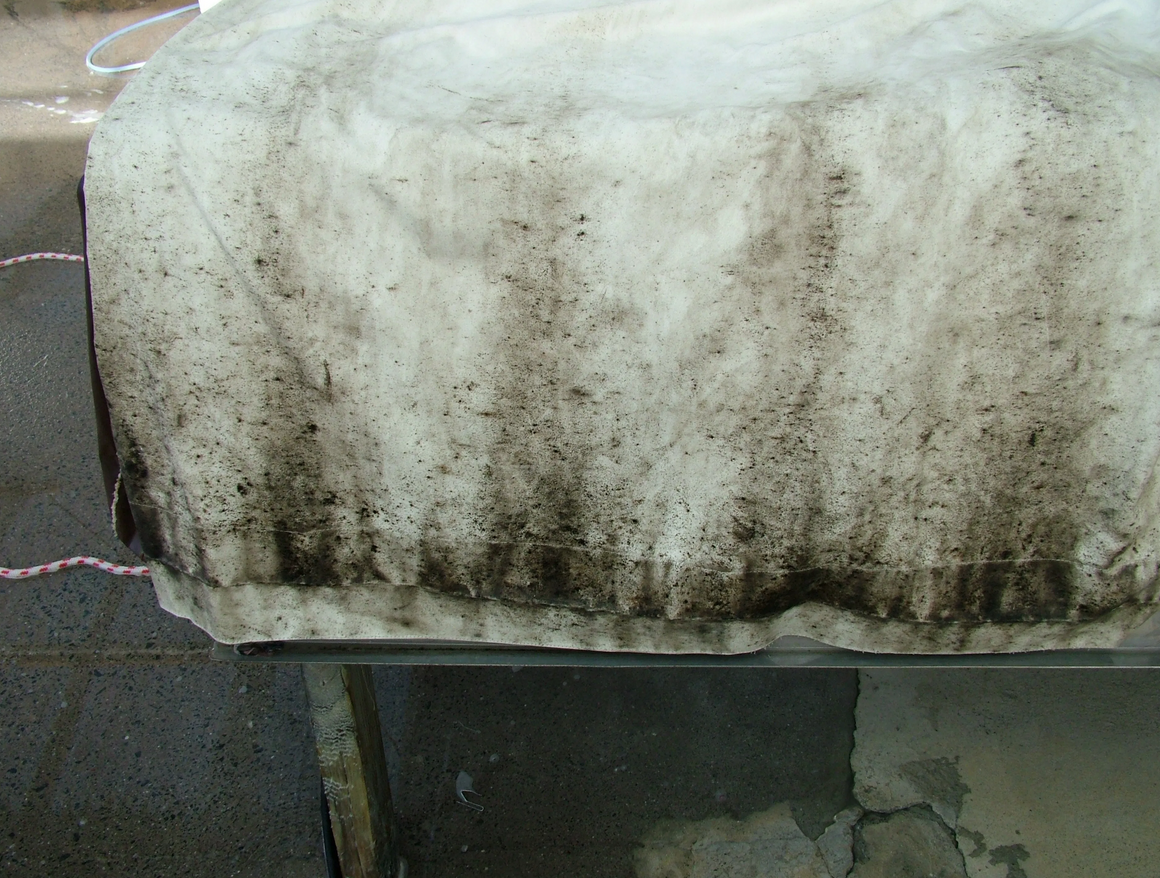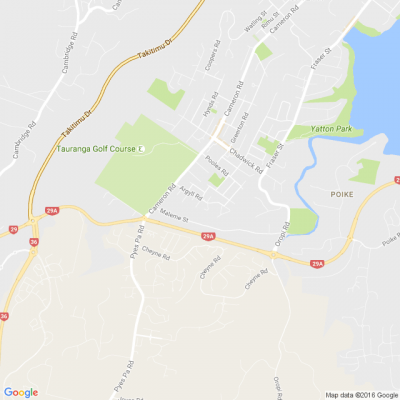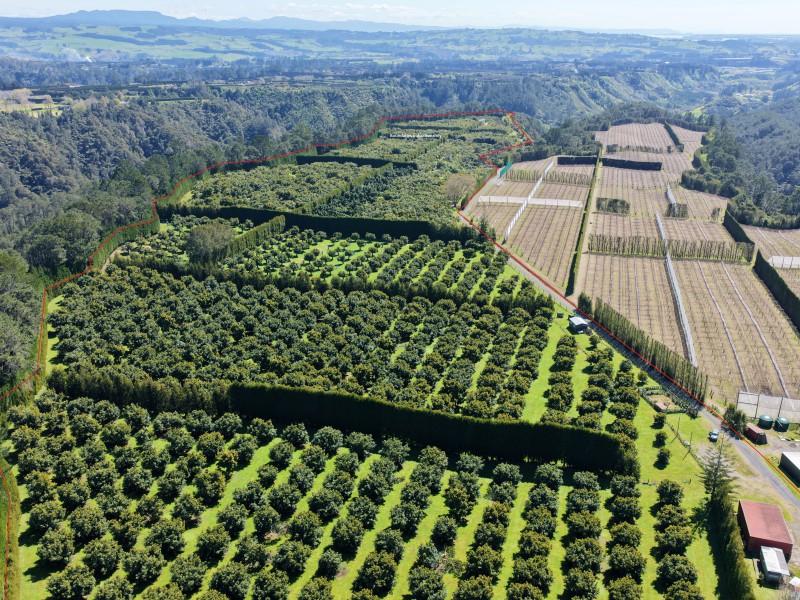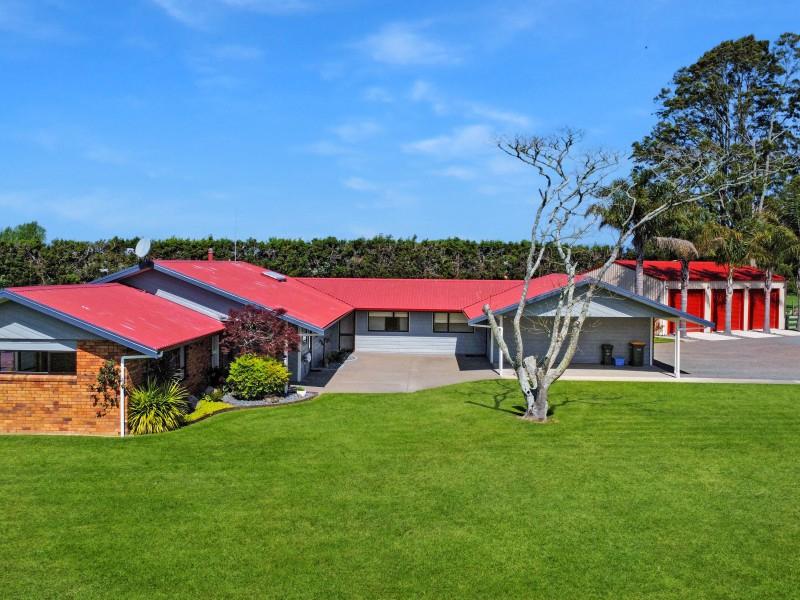How to Prevent Mouldy Curtains and Blinds
Why does mould appear in the first place?
Mould grows in damp areas where there is a food source such as dust, dirt or organic material. That’s why single glazed or drafty windows, where condensation and dust are common, are often a problem area.
What are some tips for preventing mould growth?
Clean soft furnishings regularly according to the manufacturer’s instructions. This usually involves a regular light vacuum, with less frequent dry cleaning or laundering. Regularly clean windows and wipe down window surrounds and venetian blinds or shutters with a mild detergent in warm water.
Does the material of the curtains affect how much mould will grow?
Yes, consider selecting window coverings manufactured from man-made materials, particularly in damp areas such as the bathroom, kitchen and on south-facing windows. It’s best to use a wipe-able, water-resistant blind or shutter in wet areas like bathrooms and kitchens. Even man-made fabrics don’t cope well in those environments.
How do I remove the mould?
Once mould develops it’s best to nip it in the bud as early as possible with a thorough clean. Keep reading: www.curtainclean.co.nz...

Scam Alert: Fake information regarding December Bonuses from MSD
The Ministry of Social Development is reporting that fake information is circulating about new ‘December bonuses’ or ‘benefit increases’
If you get suspicious communication, please contact Netsafe.

Neighbourhood Challenge: Who Can Crack This One? ⛓️💥❔
What has a head but no brain?
Do you think you know the answer? Simply 'Like' this post if you know the answer and the big reveal will be posted in the comments at 2pm on the day!
Want to stop seeing these in your newsfeed?
Head here and hover on the Following button on the top right of the page (and it will show Unfollow) and then click it. If it is giving you the option to Follow, then you've successfully unfollowed the Riddles page.

Stand-Out Festive Decor: Build a Big DIY Nutcracker
Whip up a larger-than-life nutcracker and have it standing guard to greet guests this Christmas. This is an ideal opportunity to repurpose last year’s baubles, leftover Resene paint testpots and leftover materials from previous projects. You could use an old cardboard box for the body and cover it in fabric scraps. Find out how to make your own nutcracker with these easy step by step instructions.







 Loading…
Loading…



















